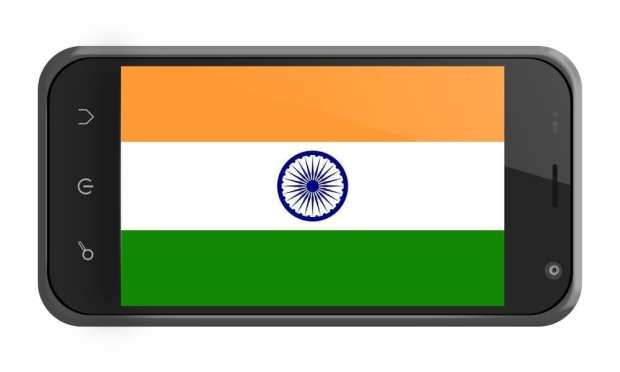Shakeout For India’s Food Delivery Arena?

In India, food delivery done via app is perhaps leading to a shakeout in a build vs. buy debate that near term may settle on “buy.”
First thing first, and that’s the size of the pie. The overall food delivery market may be worth as much as $5.7 billion by 2022, and tied to compounded annual growth rates of nearly 17 percent, according to research offered through sites such as Statista.
And where a nascent market grows, there is competition, of course, and also consolidation. The news came this week that Uber is looking to sell Uber Eats in India, and the deal may shake things up a bit. At this writing, Swiggy has been mentioned as the likely acquirer of Uber Eats in what has been rumored to be an all-stock transaction that will be done early this year.
As reported across various financial media, Uber would get a roughly a 10 percent stake in Swiggy, which is valued at $3.3 billion overall.
Swiggy for its part has raised $1.3 billion through a series of funding rounds seen in the last several months. The competitive landscape for food-related deliveries also includes Zomato. The fact that Uber reportedly had been losing several million dollars monthly may be enough for Uber to look toward other markets, or focus on its pending IPO plans (investors, we surmise, do not necessarily like to see endless streams of red ink). Swiggy’s backers include China’s Tencent. Zomato also has foreign backing, with funding of as much as $210 million in a recent round from Ant Financial — so by extension this is a way for those tech juggernauts to reap some benefits from demographic and economic shifts in India.
Amid the jockeying, food delivery offers a conduit for growth in the gig economy, which can be worth tens of billions of dollars. As reported by phys.org, hundreds of thousands of young workers, aided by apps and with motorbikes at the ready, have been taking advantage of food ordering done online. The movement is especially important in a world where India’s unemployment rate sits at multi-decade highs, at more than 6 percent.
As has been seen in any number of tech markets, in order to attract users discounts are on offer, which means spending cash in the hopes that top lines grow and customer bases gain traction. As noted in this space before, Uber has spent $25 million monthly on what translates into one million orders a month, and Swiggy spends as much as $45 million monthly.
The long game? Seem like it will move well beyond what’s served up on a plate. Earlier this month, Swiggy said that it was launching a new “Stores” offering that — through the Swiggy app — will span florists and baby care products. By branching out, Swiggy also gains scale, and perhaps stickiness as consumers use the service for more of their daily needs, leveraging a delivery fleet and last-mile process that already has been (and is being) built out.
Uber gets to have some skin in the game, too, post sale, through its stake in Swiggy.
In this case it, at least for now, and for Uber and Swiggy, strategy seems to be a case of buy rather than build.
